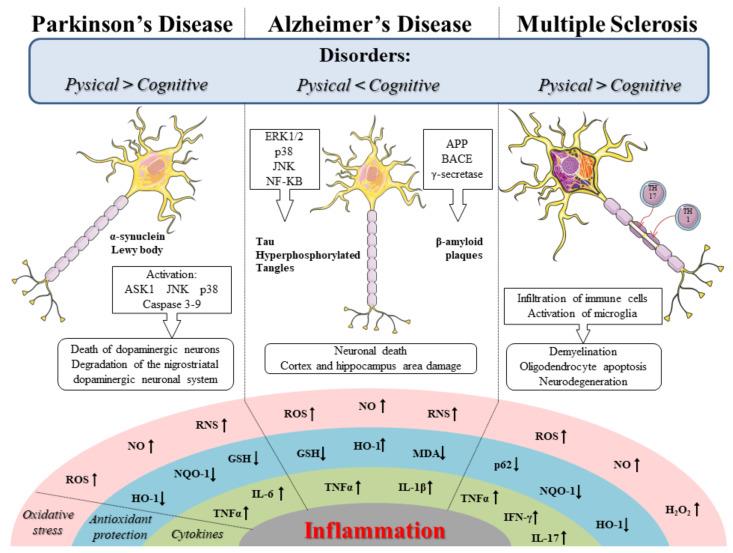I have a high school degree. Do your research (look for contraindications).
Efficacy of Sulforaphane in Neurodegenerative Diseases 2020 ncbi.nlm.nih.gov/labs/pmc/a...
Abstract:
Sulforaphane (SFN) is a phytocompound belonging to the isothiocyanate family. Although it was also found in seeds and mature plants, SFN is mainly present in sprouts of many cruciferous vegetables, including cabbage, broccoli, cauliflower, and Brussels sprouts. SFN is produced by the conversion of glucoraphanin through the enzyme myrosinase, which leads to the formation of this isothiocyanate. SFN is especially characterized by antioxidant, anti-inflammatory, and anti-apoptotic properties, and for this reason, it aroused the interest of researchers. The aim of this review is to summarize the experimental studies present on Pubmed that report the efficacy of SFN in the treatment of neurodegenerative disease, including Alzheimer’s disease (AD), Parkinson’s disease (PD), and multiple sclerosis (MS). Therefore, thanks to its beneficial effects, SFN could be useful as a supplement to counteracting neurodegenerative diseases.
4. Effects of Sulforaphane in Experimental Studies of Parkinson’s Disease
PD is a neurodegenerative disease characterized by cognitive and motor deficits such as bradykinesia, muscle stiffness, and tremor. The disease involves the progressive loss of dopaminergic neurons in the substantia nigra compacta and also α-synuclein inclusions known as Lewy bodies [33]. Several harmful events such as oxidative stress and a loss of GSH from the substantia nigra were identified in the postmortem brain of PD patients [72,73]. In fact, the oxidative stress is a pathological alteration that increases the vulnerability of dopaminergic neurons through stimuli such as aging and exposure to neurotoxic compounds that promote apoptosis and death of dopaminergic neurons [74]. Therefore, both oxidative stress and a loss of GSH are events known to induce the Nrf2 activity, as shown by the increase of its nuclear level in neurons contained in substantia nigra of the postmortem brain of AD patients, as well as by the presence aberrant of Keap1 in Lewy bodies [75,76]. In order to confirm the induction of Nrf2 activity in PD, it was also demonstrated that the expression of some proteins regulated by Nrf2 was dysregulated. Indeed, in the brain of PD patients, high levels of NQO-1 and HO-1 were found [77]. Since the endogenous expression of Nrf2 is not able to prevent cell death, a strategy based on Nrf2 activators compounds like SFN could be useful to prevent the neurodegeneration and counteract the disease [78]. Several experimental studies both in vitro and in vivo demonstrated the efficacy of SFN in PD.
